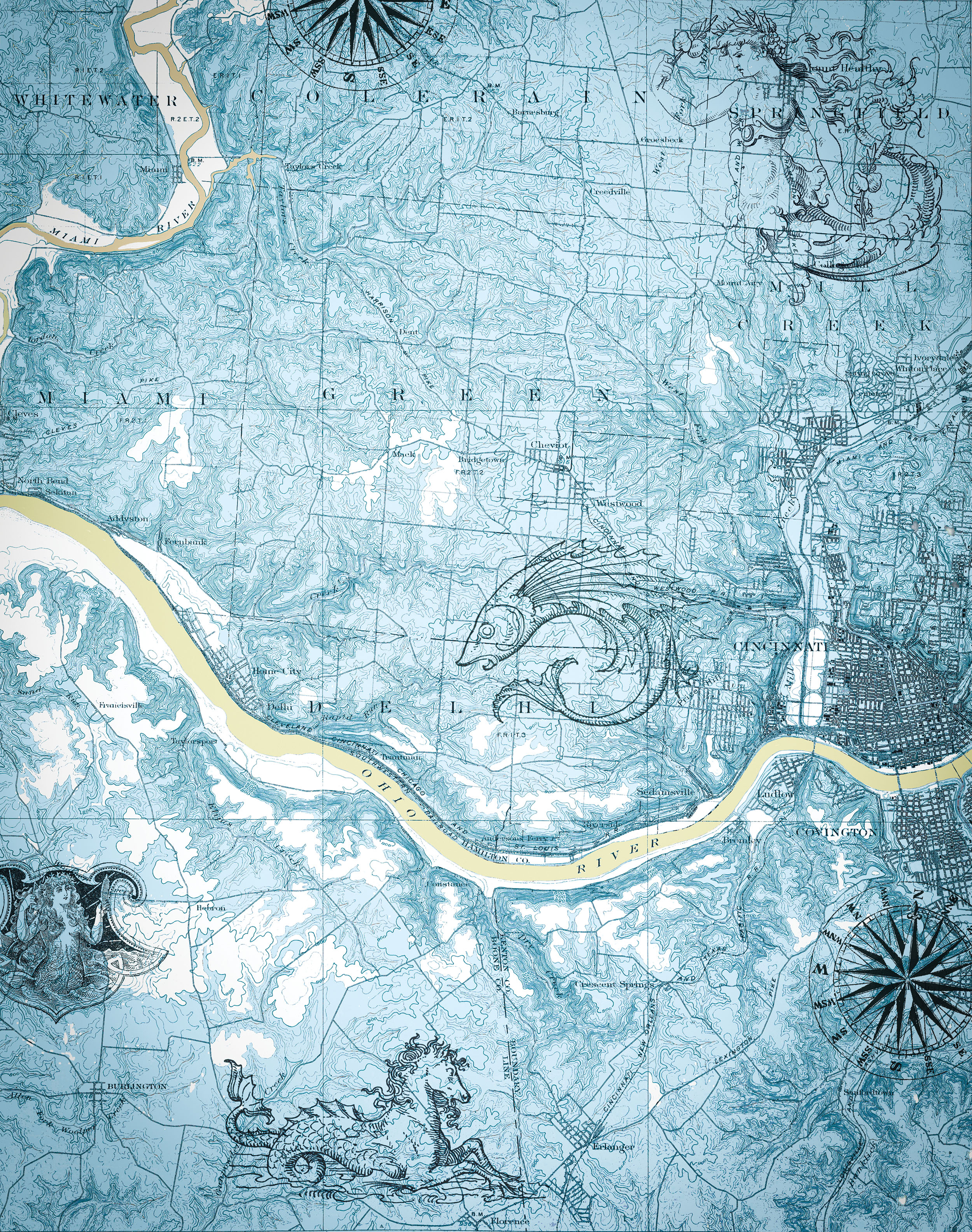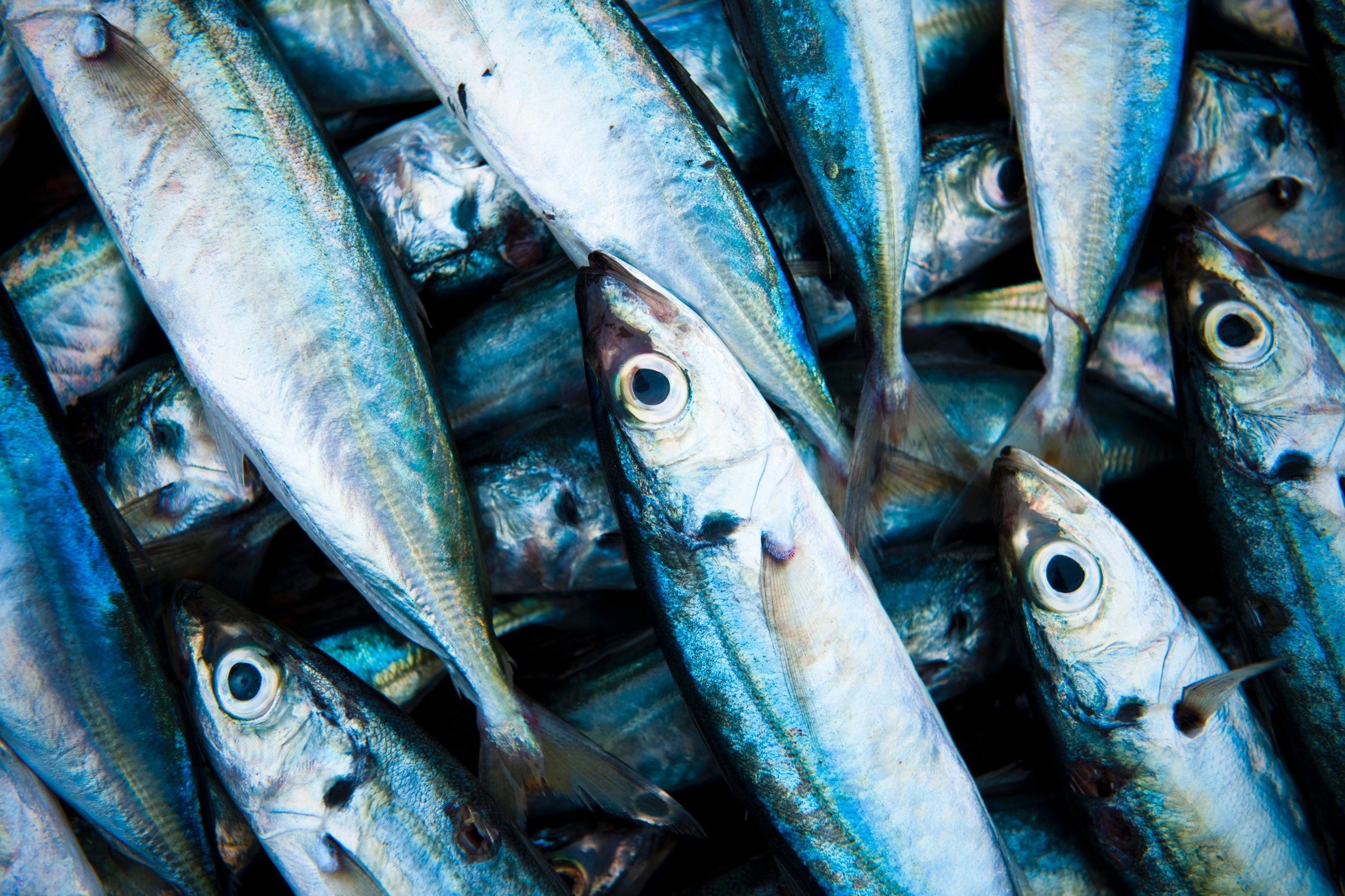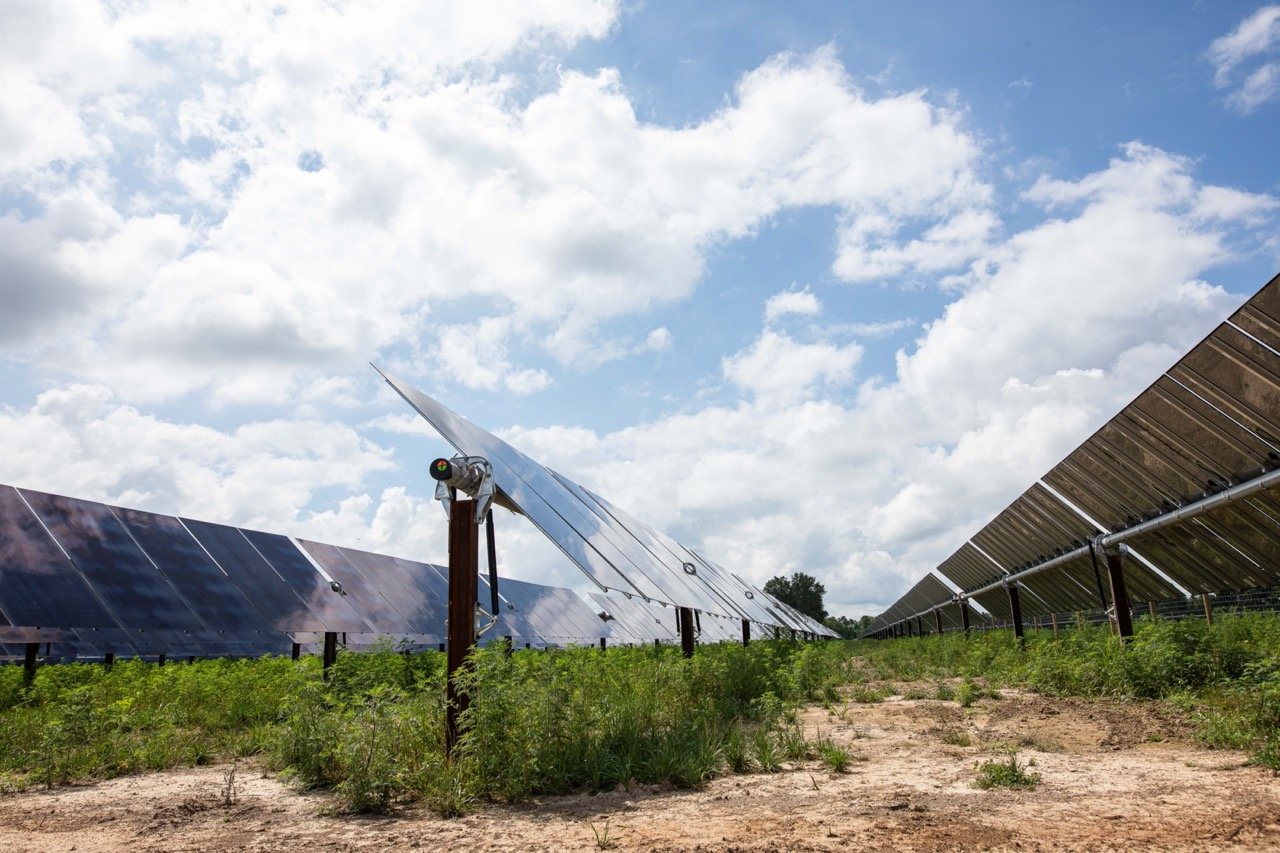Changing Oceans, Changing Plates

illustration by john morris
“I don’t think we’re anywhere near understanding the system. We are moving away from the thought that we did understand the system.”
—Stephen Widdicombe, Plymouth Marine Lab, UK, comments at the “Effects of Climate Change on the World’s Oceans” Symposium, Washington, DC, June 2018
In June, the world’s oceans held center stage in several high profile forums: scientific, regulatory, and environmental. The fourth international symposium, “The Effects of Climate Change on the World’s Oceans,” was held in Washington, DC, the first time this research-based symposium was held in the U.S. The symposium was partnered with Capitol Hill Ocean Week, a three-day legislative session focusing on U.S. marine, coastal, and Great Lakes policy issues.
There are a thousand reasons to be concerned about the oceans. One of the most critical and urgent: food. The oceans’ seemingly endless bounty is critical for billions of people, although in different ways and to varying degrees.
According to the UN’s Food and Agriculture Organization, the oceans provided 81.5 million tons of captured fish in 2014. Marine aquaculture provided another 26.7 million tons. The UN calculated in 2016 that global per capita fish consumption was more than 20 kilograms (44 pounds). Alaska pollock was the top species. In 2015, Americans ate 15.5 pounds of seafood per capita, up nearly a full pound from 2014. Globally, fish provided 6.7% of all protein consumed by humans, as well as offering a rich source of long-chain omega-3 fatty acids, vitamins, calcium, zinc, and iron. Some 57 million people, according to the UN’s 2016 data, were engaged in primary fish production sectors, a third of them in aquaculture.
With the oceans, there is still great uncertainty about separating longer-term issues of climate change from more immediate problems of pollution and environmental neglect. If a species is overfished, for example, and now rare, it’s not a matter of climate change but rather too many boats chasing too few fish. Similarly, fish will leave, or die, if a region’s marine ecology is degraded, ruined by coastal erosion, pollution, sewage, and bad port practices.
Local Supply Steady
Cincinnati is 1,650 miles from the Pacific Ocean and 540 miles from the Atlantic. Logistically, though, we’re close. Buyers here order fresh seafood on Monday morning. It ships that afternoon. You can buy it fresh on Tuesday. Ditto for the rest of the week.
Is that sustainable? Or are buyers in Cincinnati soon to confront supply challenges or limits reflecting new and different climate-ocean variables? We asked a few experts about their experience with seafood markets and supply chains. It’s an admittedly unscientific inquiry, but it’s one way to check for clouds on the horizon.
Right now, in Southwest Ohio, it’s largely business as usual regarding fresh seafood supply. There are challenges, but they are not necessarily new.
Jack Gridley is V.P. of Meat, Seafood, Deli, Prepared Foods and Sushi at Dorothy Lane Markets in Dayton. “The availability of species, the amount of product, and even the seasons and timing of the runs—everything has changed,” Gridley says. “I’m seeing a lot of it in the salmon runs,” he says, “and we’re seeing species caught in places further north, in places you never heard of before.”
Gridley adds that these new issues could be linked to unparalleled growth in fish markets in the last 20 to 30 years. Demand is much higher now; fish is more popular, and a broader selection is now available fresh. Powerful logistics and distribution services deliver fresh fish to retailers within a day or two of catch.
Seldon Jonah is seafood manager at Jungle Jim’s Fairfield store. Jonah’s office is in a boat—within the store, of course; this is Jungle Jim’s. As a major seafood buyer, Jonah’s experience today remains pretty much business as usual. Everything is available, almost always, for a price. Likewise, Barb Heist, co-owner of Heist Fish & Poultry at Findlay Market where blackfish and snapper are top sellers, says, “We don’t have any problems getting any of the fish.”
But Sustainability is a Concern
Two basic concerns related to climate change are, 1) that higher carbon dioxide levels will make ocean waters more acidic, and 2) that ocean waters are warming, essentially absorbing heat from higher airborne temperatures.
A study funded by the National Oceanic and Atmospheric Administration (NOAA) that was published in the journal PLOS One in May presented the first major projections of where U.S. fish species populations may shift under future climate scenarios. The research was led by James Morley and Malin Pinsky of Rutgers University. The authors write:
“Climate change will force hundreds of ocean fish and invertebrate species, including some of the most economically important to the United States, to move northward, disrupting fisheries in the United States and Canada.
“Fish are sensitive to the temperature of the water where they live, and as it becomes too warm, populations often shift to where the water temperature is right for them. This process has already begun, though at different rates in different places. As climate change continues and the oceans warm up, the study shows, more species of fish will move north to where the temperature range is habitable for them.”
Biologists are developing computer models that will guide near-term decisions based on expected variables of ocean chemistry, temperature, and increasing demands on fish stocks. This isn’t easy, and it’s just beginning; answers right now are all over the place.
Importantly, countries and companies are starting to implement—not just think about or study—new fuels, engines, treaties, and agreements meant to check the core energy and transport related emissions at the center of climate debates.
At the June symposium, sponsored by NOAA, keynote speaker Rear Admiral Timothy Gallaudet, Assistant Secretary of Commerce and Acting Under Secretary for Oceans and Atmosphere in the U.S. Department of Commerce, said, “The world’s climate and oceans are changing every day.” Gallaudet cited a number of front-page issues: loss and degradation of Arctic sea ice, seawater acidification linked to increases in atmospheric CO2, warmer ocean waters, and resultant fish migration to more favorable locations. Going forward, these are top issues for DOC and NOAA in their ocean-related programs.
Compared to international efforts, however, U.S. climate policies appear scattered and disorganized, with the U.S. withdrawal from the Paris climate agreement standing as the ultimate example of deliberate isolation.
Despite that withdrawal, though, the U.S. is active on climate issues, working internationally and implementing treaties for marine fuels, off-shore wind energy projects, and supporting a host of energy programs related to non-fossil fuel generation. The U.S. participates in the Clean Energy Ministerial, a high-level international forum of 25 countries and the European Commission that seeks to advance deployment of clean energy technology.
Ocean and climate issues remain priority concerns for the UN, for non-governmental organizations, and, increasingly, large business interests. Consider, for example, the Oil and Gas Climate Initiative (OGCI) of the World Economic Forum. This group of 10 of the largest international oil and gas companies is “committed to the direction set out by the Paris Agreement on climate change.” A critical OGCI focus is how to decrease methane emissions. Methane is a far more potent greenhouse gas than CO2 and, with the world increasingly turning to natural gas to replace coal, methane is a pressing concern. OGCI will present new research findings on methane mitigation later this year.
The U.S. has some of the toughest sustainable fishing requirements in the world. This is a dynamic process: NOAA regularly revises allowable catch limits, working with the eight U.S. regional fishery management councils to protect and rebuild fish stocks. By law, U.S. seafood must be caught according to fishery management plans that: consider social and economic outcomes for fishing communities, prevent overfishing, rebuild depleted stocks, minimize bycatch and interactions with protected species, and identify and conserve essential fish habitat.
Will these changes and policies be sufficient and timely? One researcher at the June symposium took a long-range view. He ran his model out 8,000 years and determined that ocean oxygen levels will eventually increase. Of course, it’s all relative: 8,000 years is just a split second for the oceans.
There are no definitive navigational charts yet regarding the oceans and climate. And it may be human conceit to think we can influence the oceans for better or worse. But this set of issues is hardly on autopilot. Climate, oceans, and fish are under the microscope like never before.
Tom is a freelance writer specializing in environmental, energy, and transportation issues. He lives in Cincinnati’s Westwood neighborhood. He likes to garden, but, alas, the deer have robbed him of yet another earthly pleasure.





